6. The Perfume of the Lady in Black (Francesco Barilli, 1974)
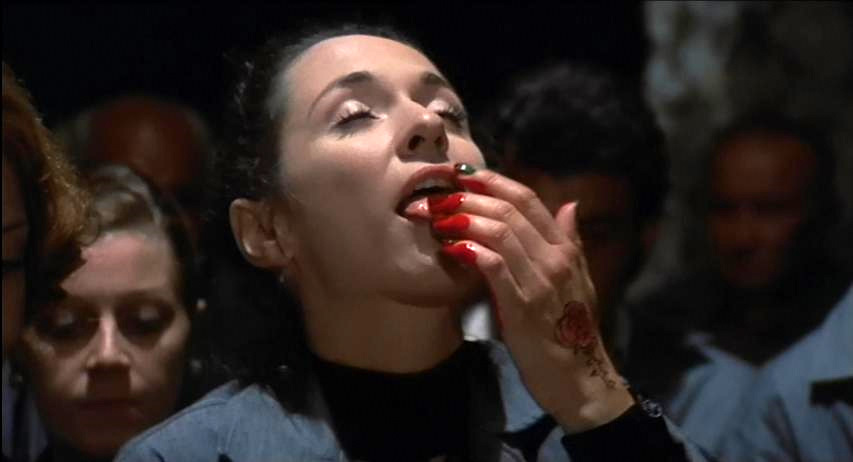
Adapted from the novel by Gaston Leroux, The Perfume of the Lady in Black Mimsy Farmer’s Julia who is troubled by hallucinations relating to her mother’s suicide. Fans of Polanski’s apartment trilogy- Repulsion, The Tenant and Rosemary’s Baby- will enjoy this psychological thriller as Julia becomes increasingly paranoid and isolated inside her urban home. Not only can Julia not trust what she sees but the people around her as suspicions of a personal conspiracy unfold involving her lover and a group of African-Italians that feels to be lifted directly out of Rosemary’s Baby. Julia becomes unable to trust anyone in her life as even strangers and shopkeepers appear to begin gaslighting her. Or is it all just inside her mind?
Considering this film was Francesco Barilli’s debut, the direction and frame construction is extremely accomplished, particularly in a scene where Julia is persuaded to visit a medium with some friends. The room of mirrors in which the séance takes place adds multiple layers of vision to the frame, allowing freedom to the spectator’s gaze. As well as providing a metaphor for the double-sided nature of appearances, they enhance the feelings of paranoia and suspicion as the audience can see how characters act both when Julia is looking at them and when she is not.
The Perfume of the Lady in Black has its fair share of blood and gore as gruesome sequences are peppered throughout the film that all build towards an explosive ending. One scene in particular involving a dinner for some kittens will make you reconsider their darling appearance.
7. The Bloodstained Shadow (Antonio Bido, 1978)
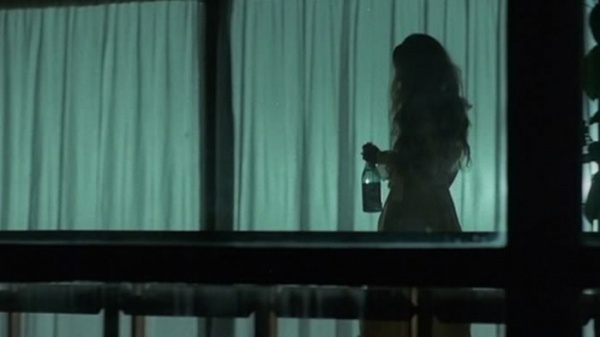
Like Who Saw Her Die?, The Bloodstained Shadow’s opening is a tour de force of European horror. Filmed in slow motion, The Bloodstained Shadow stutters into existence, capturing every detail of the murder of a young girl except, of course, the identity of the killer. Underscored by a funky bass guitar riff from multiple-time Dario Argento collaborators Goblin, you can always rely on a Giallo to pull out a killer track to compliment the murder on screen. Finally, for the final piece de resistance, Bido expertly crafts a frame in which the dead schoolgirl in the foreground is towered over by a castle upon a hill in the background, divided in the centre by the title and supported by another round of Goblin’s tremendous score. It is the quintessence of Giallo distilled into a single frame.
The murder of this young girl is never solved; however, seven years later, the murderer seems to have returned. As multiple murders are carried out on an island just outside of Venice, two brothers, one a professor and one a priest, become swept into the mayhem as the elder priest receives increasingly threatening letters surrounding the murders while the younger scientist begins to suffer flashbacks to that first murder of the girl seven years earlier. The dichotomy of science and religion is recurrent throughout as questions of faith and evidence swirl.
The Bloodstained Shadow is at its strongest when located in the church as the priest endures crises of faith, framed by candles as if they were the fires of hell and close ups of religious idols are shown to evoke the wrath of God. The sequence as the priest imagines watching himself at the altar in front of his congregation that stare back at him is particularly powerful in invoking the religious themes of guilt and judgement.
Furthermore, The Bloodstained Shadow’s cast contains familiar faces from fellow European horror classics including Stefania Casini from Suspiria as the main love interest of the professor and Juliette Mayniel from Georges Franju’s seminal French horror Eyes Without a Face.
8. Who Can Kill a Child? (Narciso Ibanez Serrador, 1978)
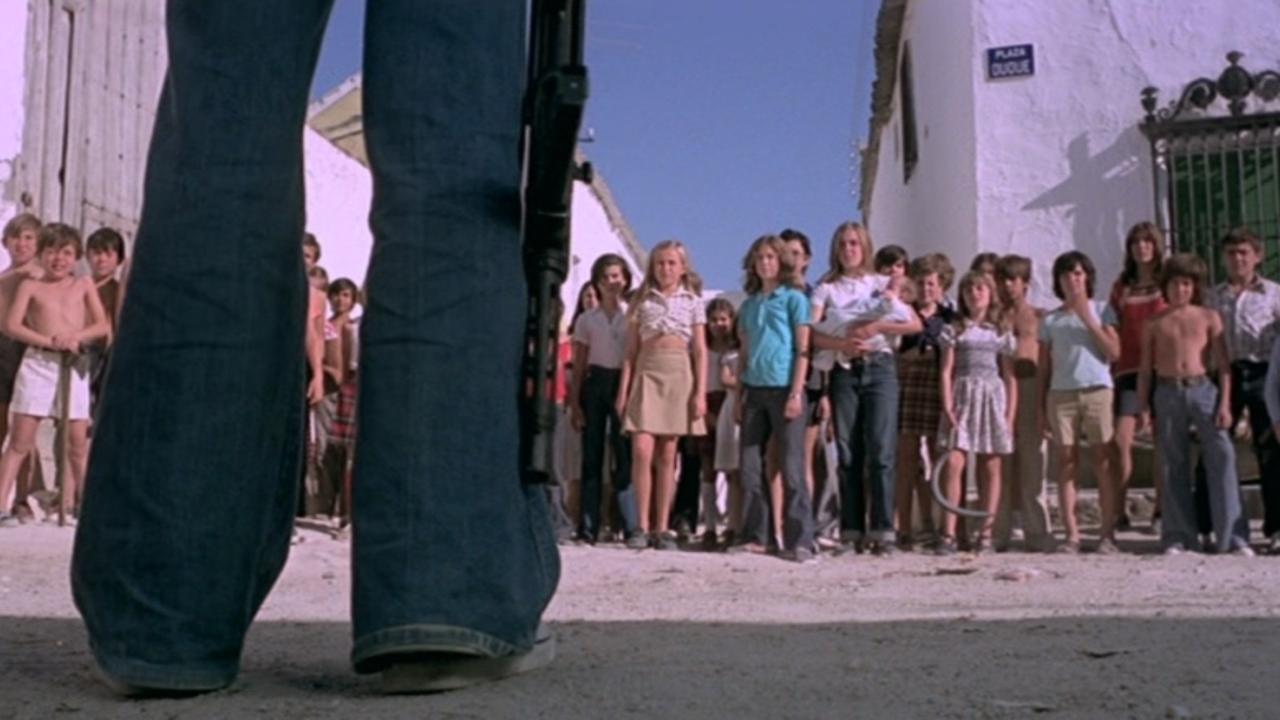
The Village of the Damned taken to the extreme, Who Can Kill a Child? surrounds a British couple who visit a small island off the coast of Spain to discover that the community has become overrun by murderous children that have killed all of the adults of the island, playing on the notion that no matter what a parent will never be able to bring themselves to kill their own children. People say that “Children are the future” and here they are hell bent on making the adults the past.
Released at a period of time where graphic films were getting much attention around the sort of effects the violence on screens could be having on youth, this film would have done little to put the critics minds at ease as children hunt, butcher and torture adults to the point of using an elderly man as a pinata. The uncanniness of these pictures of purity enacting some of the most barbaric violence on screen is sure to have you double-taking at every child that you walk past on the street that might be looking at you. In order to survive, the British couple force themselves to do what their previous Spanish counter-parts could not and fight back.
Who Can Kill a Child? blisters towards an explosive ending that culminates in a perfect fashion that you can’t believe you didn’t see it coming sooner. Think twice about watching this picture if you have children of your own.
9. The New York Ripper (Lucio Fulci, 1982)
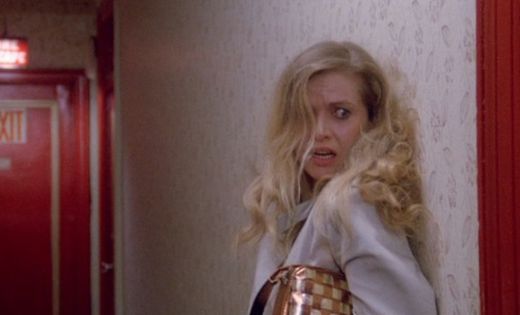
The Godfather of Gore himself described this film as less of a horror as many of his other pictures because it doesn’t involve zombies or monsters; however, The New York Ripper does much to reveal the horror of humanity and the monstrosity of the male mind. Moreover, despite Fulci claiming it is less of a horror film, that doesn’t mean he toned down any of his infamous violence and gore as the head of the BBFC at the time described it as the most damaging film she had ever seen in her life. It was banned in the United Kingdom until 2002.
Although the amount and strength of violence against women in The New York Ripper goads accusations of misogyny, this film can actually be very convincingly read as Fulci highlighting and criticising the rampant misogyny that runs through society. In almost every scene, Fulci features forms of sexism from seemingly trivial comments by male characters to unsolicited sexual advances all the way up to the horrific butchery of women. If Fulci is taken on face value for all of these choices then of course he appears misogynistic; however, rather than revelling in the violence he reveals it, highlighting that the “harmless” trivial sexism of the everyday creates a society based upon the degradation of women that eventually perpetuates and escalates all the way to murder and torture.
The violence is taken so much to the extreme that some scenes are still banned in countries today, significantly the cutting of a woman’s nipples with razor blades for the sexually deviant nature of its violence. It is perhaps important to question whether this sort of violence is still deemed unacceptable as authorities believe it is dangerous and corruptible or that it reveals too much of the truth behind the male psyche and the extremes that a patriarchal society can produce.
The New York Ripper would not be a true Fulci film without some of his tremendously bizarre touches, outstandingly the killer’s use of Donald Duck’s voice to taunt the police over the phone that it is impossible to believe got past the lawyers and boards at Disney.
10. A Blade in the Dark (Lamberto Bava, 1983)
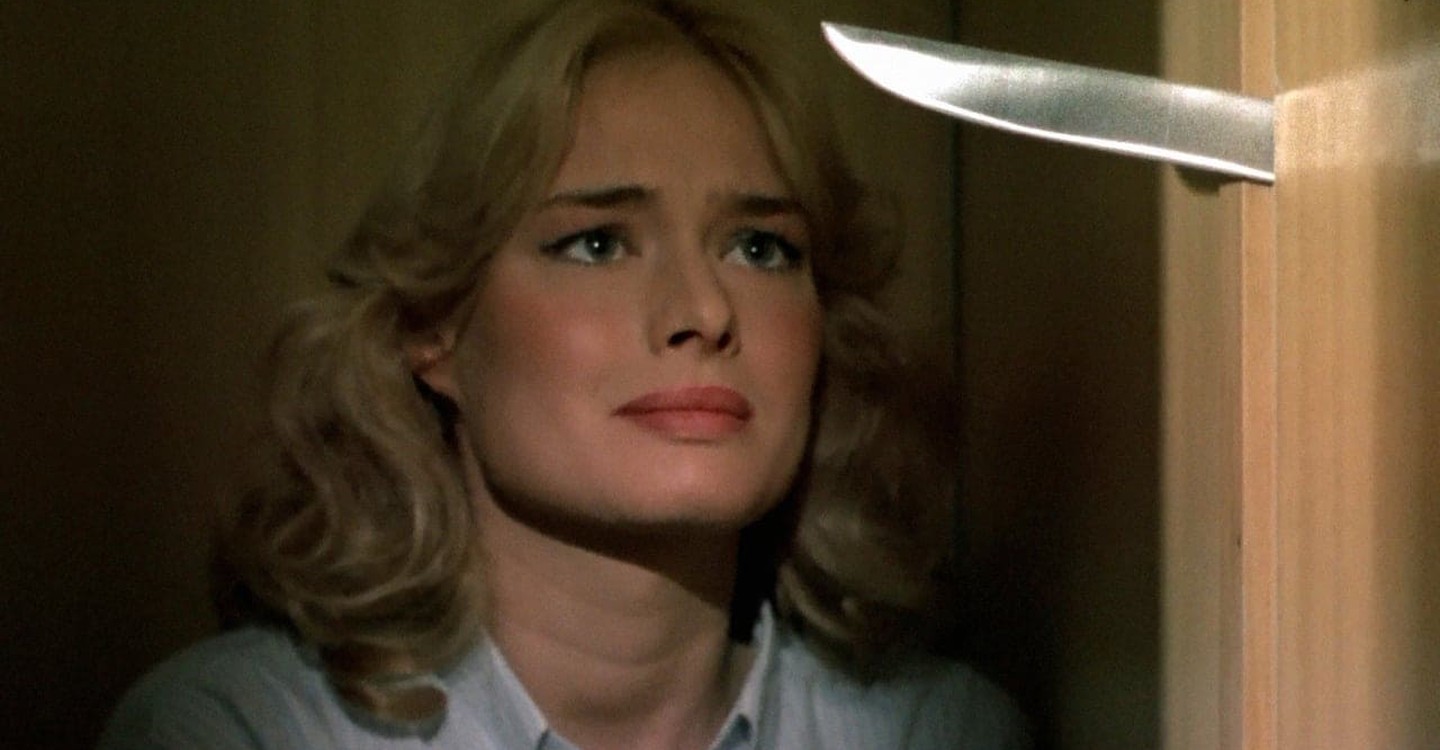
Son of the master of sixties Italian horror Mario Bava, Lamberto Bava followed in his father’s footsteps by directing some of the best European horror of the 1980’s. Most famed for his 1985 film Demons, Lamberto Bava preceded his most known film the twisted slasher A Blade in the Dark.
Heavily influenced by the early-eighties films of Brian De Palma, notably Blow-Out and Dressed to Kill, A Blade in the Dark follows a film composer, Bruno, who is stalked by a mysterious killer. As the composer records the soundtrack to an upcoming horror film he is scoring, he accidentally also records a vital clue to the killer’s identity. The film is packed with well-executed murders and intense stalking sequences that will have you on the edge of your seat for the duration of its runtime. The murder of a young woman in a bathroom is particularly memorable and is sure to have you protecting the palms of your hands.
Everyone is suspicious in A Blade in the Dark but the name of everyone’s lips is the mysterious Linda, the former tenant of the home before Bruno. As Bruno continually finds clues and creepy coincidences throughout the house, the secret to who Linda was is slowly unravelled.